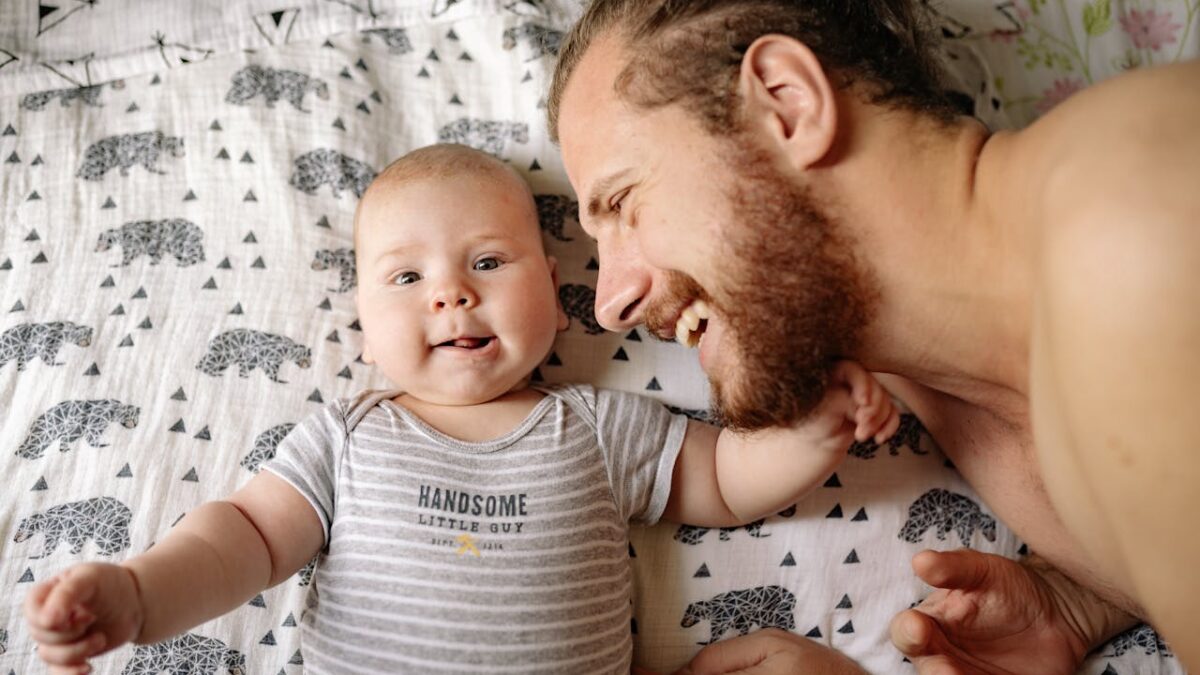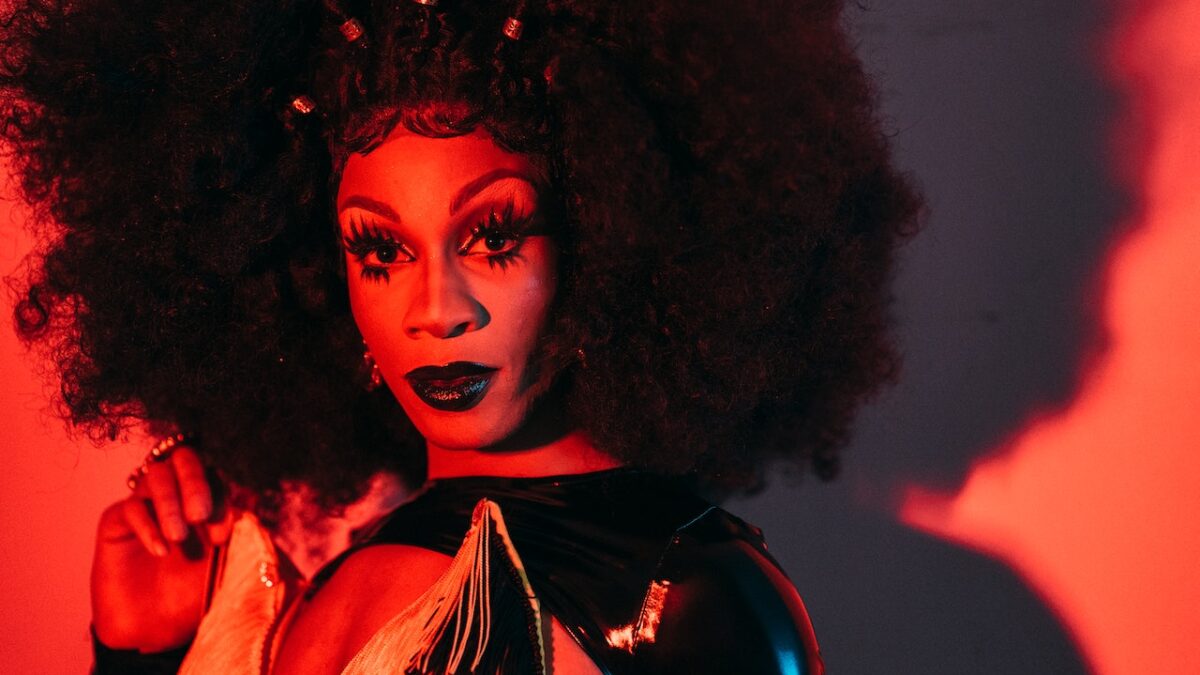
The National Geographic staff chose a cover story of nine-year-old-boy who says he’s a girl for the January 2017 special issue, entitled “Gender Revolution.” Transgenderism is today’s popular social delusion which, contrary to the publicity surrounding it, affects a miniscule portion of the population.
Young Avery Jackson, whether deliberately or not, is an LGBTQ activist whose image is being used to promote transgender politics and raise money for a transgender house in Kansas. Now National Geographic is participating in the activism by spreading the progressive ideology of fluid genders and providing an easy rallying point for future LGBTQ fundraising campaigns.
The activists’ theory of gender fluidity, or gender spectrum, suggests that God-designated genders of male and female indicated by biology is too limiting. Their theory separates gender from sex and says that gender is determined by how people feel or think, not by the objective evidence of body parts, chromosomes, and other distinct biological markers.
Why is the boy’s picture so disturbing to me? Because, like Avery Jackson, I was a cross-dressing boy at the age of nine. I can tell you that crossdressing a young boy is emotional and psychological child abuse and should be stopped, not celebrated on the cover of magazines. I started wearing female clothing at the age of four. My grandma encouraged me by providing clothing and affirmation over a prolonged period. I was sure I wanted to become a female.
Eventually, I did become a female transgender. I was approved and underwent the full range of hormone therapy and surgeries and legally changed my identity. I lived life as a female, Laura Jensen, for eight years. All too late I realized transgenderism was all “B.S.”—a surgical masquerade to superficially project a change of gender. Like others who elect to live the transgender life, I painfully discovered it was only a temporary fix to deeper pain.
Sexing Up Lies that Lead Children Astray
A cover photo is visually exciting and can persuade young people that male and female gender models are not fixed, when they are. Photos like the one on the cover of National Geographic can encourage a child to question his or her gender and sex and act out accordingly.
Not all boys who cross-dress will develop gender confusion, but disturbing to me is how easily gender distress can become an unwanted reality for unsuspecting children when changing gender is encouraged, nurtured, and celebrated seemingly everywhere. Encouraging boys to cross-dress can encourage various disturbing behaviors and anxieties, such as sexual fetishes and gender confusion.
Young people are told transgender feelings are permanent, immutable, physically deep-seated in the brain, and can never change. That’s simply not true. Anyone past age 25 knows that even very strong feelings can change.
During my time of gender distress, I consulted with the leading gender experts to find relief. I was told that the only way I would ever find peace was to change my gender. Yet me and many other former transgenders have discovered the truth: the peace that comes from changing genders is temporary. Feelings change. At some point, which may take years, reality penetrates the fog and living as a superficial female no longer “feels” right. I hear from transgender people who write, “I feel duped. How can I undo this and return to living in my birth gender?”
Real Journalism and Science Investigates Dissent
If National Geographic truly wanted to explore the complexities of gender change, they would have included stories of people who discovered that living the transgender life was an empty promise. A case in point is that of Alexis (born Robert) Arquette, a transgender pioneer and actor who died last September at the age of 47. Arquette’s decision to stop living as a woman was done silently. A posthumous Hollywood Reporter article tells of Arquette’s struggles:
In 2013, amid increasing health complications, Alexis began presenting herself as a man again, telling Ibrahim [a close friend] that ‘gender is bullshit.’ That ‘putting on a dress doesn’t biologically change anything. Nor does a sex-change.’ She said that ‘sex-reassignment is physically impossible. All you can do is adopt these superficial characteristics but the biology will never change.’
Dr. Richard B. Corradi, a professor of psychiatry at Case Western Reserve University School of Medicine, calls transgenderism a “Contagion of Mass Delusion” similar to the hysterias of the 1980s and ‘90s, “junk science” that reinforced hysterical, false stories of satanic ritual abuse and recovered memories.
The very people who should know better have bought into the hysteria. Just as ‘mental health professionals’ a generation ago supported the child abuse delusions, and even participated in prosecuting the unjustly accused, so too have they fueled the fire of the transgender delusion.
National Geographic should know better than to buy into these kinds of hysterias. Susan Goldberg, the editorial director of National Geographic Partners and editor-in-chief of the magazine, is recklessly using the magazine and this child to promote gender questioning and the theory of gender as a spectrum. The magazine cover is designed to change minds and influence gender transition.
National Geographic gives no balanced discussion, magazine cover shot, or special edition for the many people who have been harmed by gender transition when the change failed to resolve our much deeper psychological issues. No mention is made of those who detransitioned, regretted changing genders, or died. The magazine makes no exploration of the many underlying illnesses that can cause the desire to change gender, and the fact that treating these illnesses can alleviate the feelings of gender confusion.
Why Can’t a Woman Be More Like a Man
Goldberg told NBC Out, NBC’s digital portal targeted at LGBT people, that “We wanted to look at how traditional gender roles play out all over the world, but also look into gender as a spectrum.” The young boy’s picture on the cover should spark a national discussion about Goldberg and National Geographic.
In answer to the question “Why did you focus on children—and put one on the cover?” National Geographic staff responded:
The worst thing about being a girl is that you just can’t do things that boys can do,” Tomee War Bonnett, a nine-year-old living on the Pine Ridge Reservation in South Dakota, told us. This sentiment was expressed by girls worldwide—using different words and in different languages, but bound by the same constraints. We put Avery on the cover because she symbolized a lot of the complex and current conversation occurring around gender.
Let me see if I am understanding correctly. Girls worldwide expressed that the worst thing about being a girl is not being allowed to do the things boys do, and National Geographic decided that a boy who thinks he is a girl is the appropriate symbol of this conversation. It requires amazing mental gymnastics to arrive at this conclusion. Avery, a boy, symbolizes none of the complex conversation about gender constraints girls have expressed worldwide. Using him to illustrate the concerns of biological females is a slap in the face, again elevating male concerns and profiles over theirs.
The Nat Geo staff has conflated the issue of females feeling constrained by being female with a completely unrelated topic: the transgender population experiencing severe distress with gender identity. These are hardly the same issues and definitely don’t have the same impact: females number about 50 percent of the population, while people who identify as transgender number a scarce 0.3 percent of the world’s population, at best.
In tandem with the magazine issue, National Geographic produced a two-hour documentary also called “Gender Revolution,” featuring trans kids and their parents. It completely abandons any pretense of covering male-female gender inequality. Like the special issue of the magazine, the “documentary” is an indoctrination for the activist transgender point of view. It endorses cross-gender affirmation and transition for children to the exclusion of any other less-invasive treatment.
This Is Child Abuse
Studies have shown that childhood gender dysphoria does not inevitably continue into adulthood. An overwhelming 77 to 94 percent of gender dysphoric children do not become adults with gender dysphoria. Given this, it’s social, medical, and psychological malpractice to push young children to lop off or sew on body parts and take highly charged cross-sex hormones that can further destabilize their prepubescent bodies and minds, especially when they are highly likely to regret what grown adults pushed them into before they were able to sort through such life-altering decisions.
It’s distressing to me as a former transgender to see the lopsided media coverage, even outright promotion, presented by what formerly had been a respected, apolitical publication. Imagery has a powerful influence on the minds of children and young adults. Just like the infamous Vanity Fair cover of Olympian Bruce Jenner in women’s clothing, this cover and documentary will cause gender questioning in susceptible individuals and lead them into further heartbreak. I know from my own experience and the experiences of those who write me that gender change is a temporary reprieve that makes authentic healing even more difficult later.
It’s distressing to see male and female binary genders being debased and replaced by gender transition and “gender spectrum,” because I know first-hand that restoration from gender distress begins with acknowledging the truth of biology: only male and female exist, and no one can change from one to the other, no matter how strong the feelings are.









